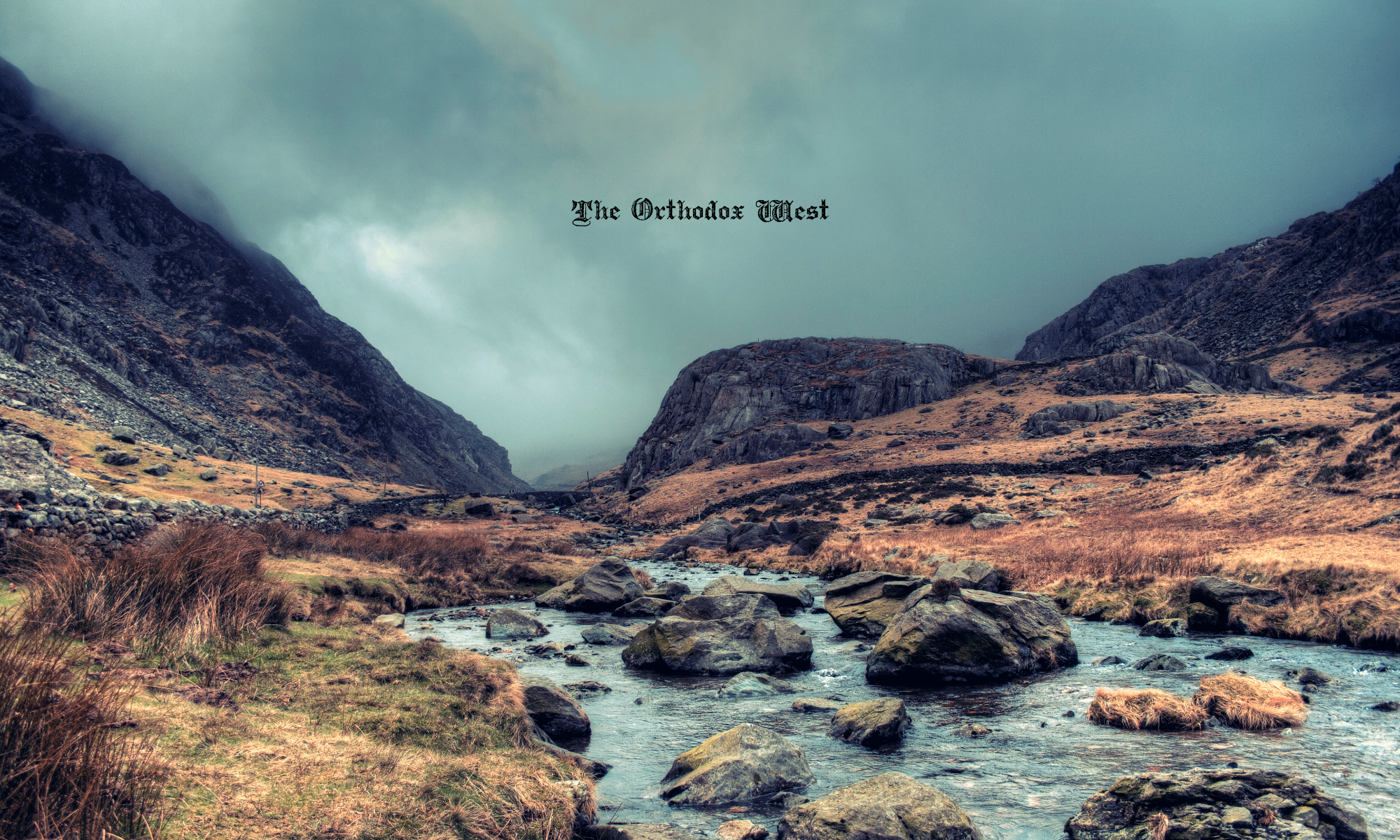There is a wonderful verse in Hosea which is part of the service of Lauds on Holy Saturday morning in the third part of the Tenebrae service.: “O death, I will be thy plagues: O grave, I will be thy destruction.”
If there is one thing most human beings fear, besides tax day, it is death. A consiousness of death can be a very beneficial thing to our spiritual life.
The desert Fathers often counseled that one should keep one’s death in mind at all times: “Live each day as if you are dying” St. Antony repeated all through his long life. Macarius advised “The monk must always keep himself ready, as if he were to die the next morning, and vice-versa, use his body as if he were to live with it for many years.” Another elder gave this wisdom: “When you lie down, ask yourself: ‘Will I wake up in the morning or not?’”
To most these may seem morbid thoughts, and yet we know that death can arrive anytime without warning. We must remember that with our modern mentality, imbued with scientism and positivism, we find it hard to grasp the conception the desert Fathers had about the bonds between the visible and invisible worlds.
To most modernists/scientific reductionists, these two are absolutely distinct and different worlds. Only the visible world has consistency, the other being nothing but an unknown and unknowable realm, filled with our fantasies and illusions.
For those Egyptians in the desert in antiquity, it was just the opposite. The visible was but an ephemeral and fleeting appearance where, more exactly, the two worlds were so closely mingled and interwoven one in the other that it was impossible to separate them. There was no border between them, no gulf nor gate. The links and exchanges were continuous, so much so that an anchorite in the desert was not very surprised to see appear before him an angel or a demon. These were part of his universe and his horizon. The fact that they render themselves visible at certain moments changes nothing of the reality that they are always present in the world of the Desert Fathers.
So likewise was their death. Not only did it remind them of the judgment to come, and of the necessity to spend their time in repentance, prayer and charitable works, but it was a means of keeping the realm of the age to come always present in their mind.
We celebrate the Conquerer of Death, our Lord and God and Savior Jesus Christ. What was accomplished over that Passover some 2000 years ago has forever changed reality for all who believe in Him and seek the transformation of their lives by the grace of His Holy Spirit working in us as we work out our salvation with fear and trembling. Death is perceived no longer as a cessation of life, but merely a transition.
The Psalmist wrote: “For in death there is no remembrance of thee: in the grave who shall give the thanks?” For the Hebrews, the realm of Sheol was a shadowy kind of half-existence. But that has ever been changed, so that St. Paul can respond in 1 Corinthians: O Death where is thy sting? O grave, where is thy victory?
Death is swallowed up in victory through the self-offering of the Lord Jesus, and only because of Him can we proclaim with St. Paul “I am persuaded that neither death nor life, nor angels, nor principalities, or powers, nor things present, nor things to come, nor height nor depth, nor any other creature, shall be able to separate us from the love of God, which is in Christ Jesus our Lord.”
“O death, I will be thy plagues: O grave, I will be thy destruction.”
Or as we proclaim again and again this season: Christ is risen from the dead, trampling down death by death, and to those in the tombs bestowing life. With the Resurrection perception, the Paschal perception, the realization that the soul survives its separation from the body, that there is an eternal existence of our consciousness, we can properly view death and make it a means to living a life which, when confronted with the challenges of judgment, will make a proper defense of a life of repentance, and love.

